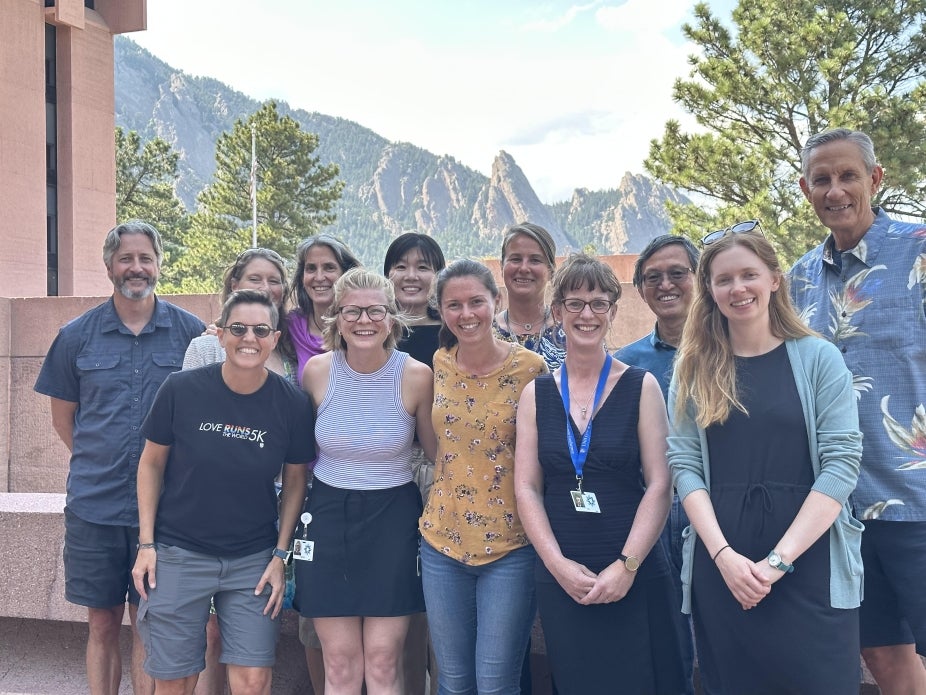Staff Research

Front row: Julie Caron, Kirsten Mayer, Teagan King, Mari Tye, Katie Dagon; Back row: Steve Yeager, Nan Rosenbloom, Christine Shields, Hui Li, Yaga Richter, Aixue Hu, Gerald Meehl; Not shown: Gary Strand
The ESP section consists mainly of the CATALYST group that focuses on Earth system predictability. ESP and CATALYST use initialized Earth system models and machine learning methodologies to study the predictability of time-evolving regional weather regimes from the next month to the next decade.
Objectives
- Develop novel initialized earth system prediction methodologies that apply new knowledge of spatiotemporal interactions to increase prediction skill of modes of variability
- Quantify time-evolving regional impacts of weather conditions and regimes produced by modes of variability
- Identify the processes and mechanisms that influence skill in predictions of modes of variability that produce time -evolving regional weather conditions and regimes
Approaches
- Design and run original Earth system model experiments with CESM and E3SM to quantify modes of variability predictive skill across time and space scales including effects of FOSI vs coupled data assimilation
- Analyze observations as well as hierarchy of E3SM and CESM simulations to identify processes and mechanisms that provide insight for modes of variability predictability
- Design and implement innovative machine learning (ML) methodologies to extend limits of predictability and understand the fundamental processes and mechanisms of modes of variability